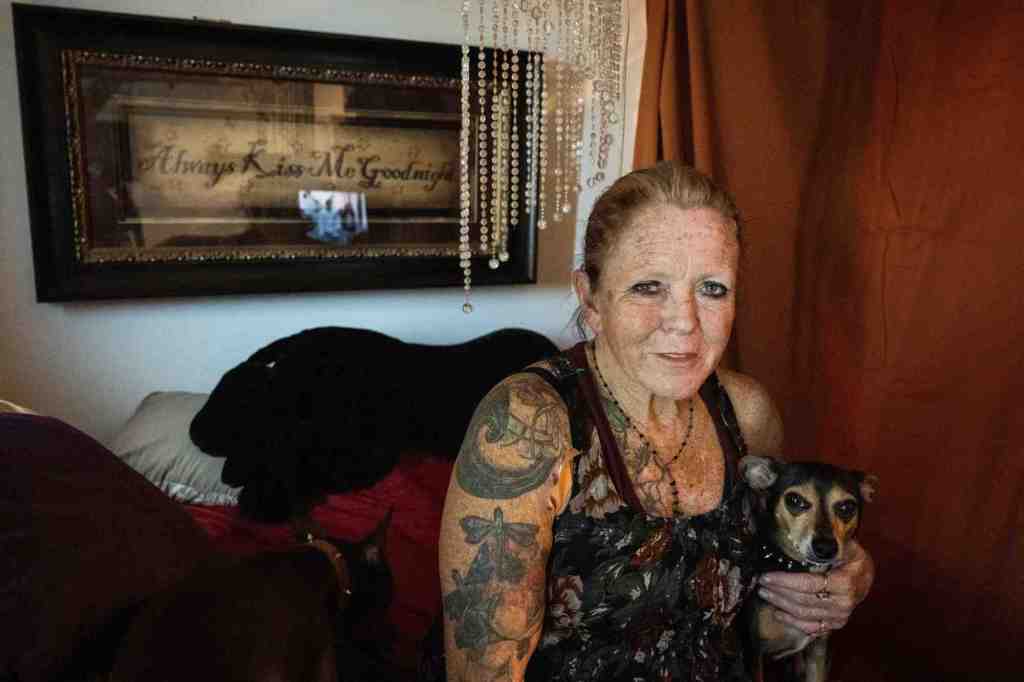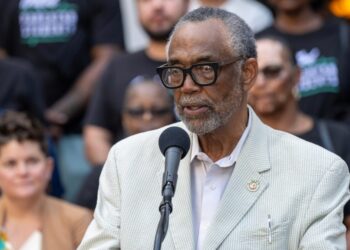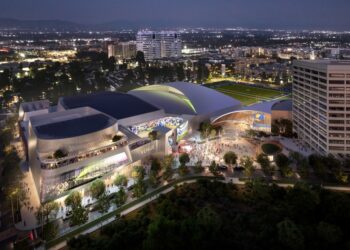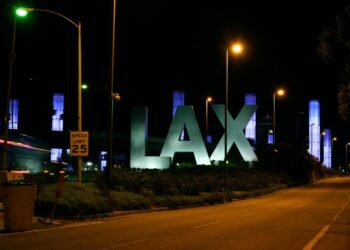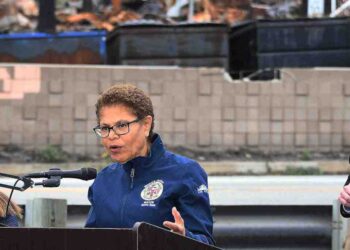In 2016, as the number of people living on the streets of Los Angeles climbed ever higher, Angelenos were itching for a solution to the city’s growing homelessness problem.
Asked to support a $1.2 billion bond measure to build affordable housing so that people living on the streets and those at risk of becoming homeless could have roofs over their heads, voters responded with a resounding “yes.” Prop. HHH passed with 77% of voter support that November, prompting Elise Buik, the HHH campaign co-chair and CEO of United Way of Greater Los Angeles, to declare, “help is on the way.”
But more than six years later, with the city’s homeless population roughly 1½ times what it was when the measure passed — and with fewer than half the units up and running — some are wondering whether Prop. HHH should be considered a success or a flop.
The short answer: depends on whom you ask.
Although city housing officials and affordable housing advocates say the HHH program is on track to deliver about 1,600 more housing units than initially promised, over a 10-year period ending in 2026, many tax-paying Angelenos had expected that thousands more housing units would be built.
They’re also upset that the average construction cost per housing unit has increased markedly, and frustrated by the pace at which projects have been completed – though city housing officials say that, on average, nearly one new project should be completed per week the rest of this year.
Miguel Santana, L.A.’s former city administrative officer who later chaired the Prop. HHH citizens oversight committee, said it’s important to remember that the program “wasn’t designed to build as much housing as possible, as quickly as possible.” Rather, he argued, it was structured to best leverage $1.2 billion in city investment with federal, state and other funding sources to get “bigger bang for the buck.”
“Housing is being built. It’s being built not as fast as it should be, but it…
Read the full article here

